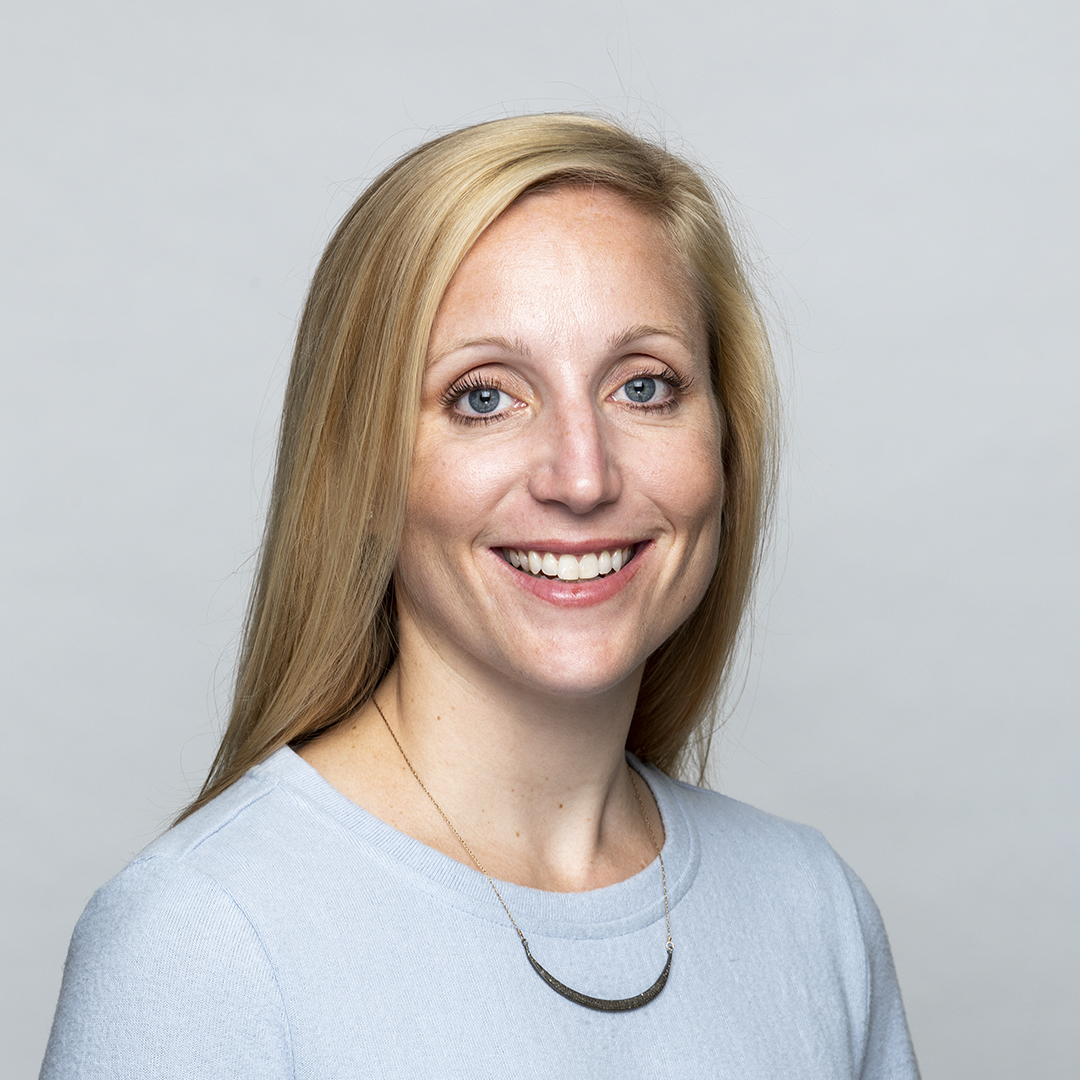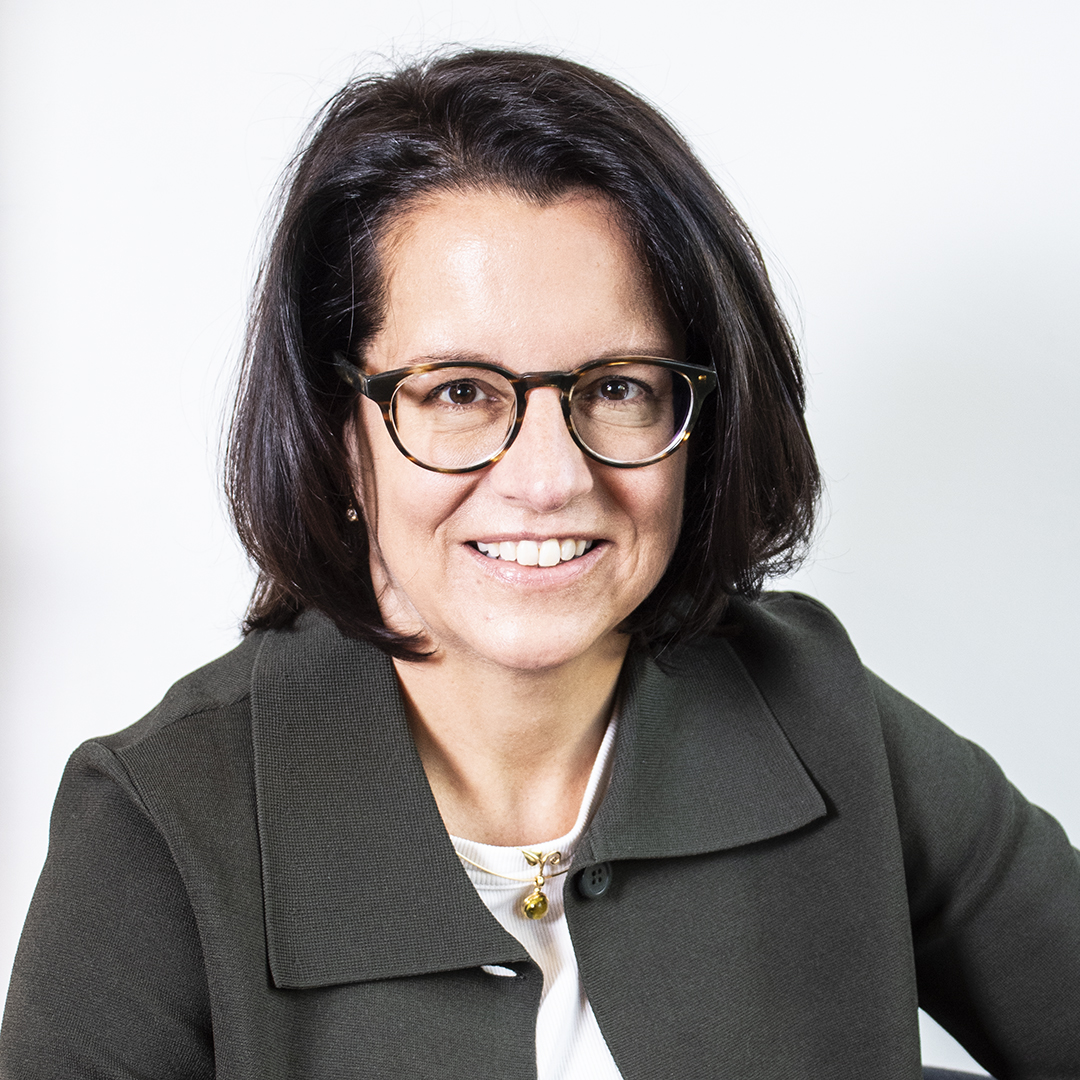|
Getting your Trinity Audio player ready...
|
Growing up in Caracas, Venezuela, Evelyn Miralles dreamed of becoming an architect. Her brother and sister worked in chemical and electrical engineering fields, respectively, and several members of her family were artists. Miralles herself could often be found painting and drawing, and her siblings’ passion for engineering helped her feel at home in the world of STEM. Architecture seemed the perfect blend of her creative ways and scientific talents.
Fast-forward to the 1980s: Miralles moved to the United States to pursue a bachelor’s degree at Lamar University in 1986 and another at the University of Houston Clear Lake (UHCL) in 1990, both public universities based in Texas. After graduation in 1992, she found a position at a government agency located right next door to her university, a position that would launch her career as an architect—of a sort.

From 1992 to 2019, Miralles served in progressive engineering and leadership roles at NASA’s Johnson Space Center, eventually becoming chief principal engineer for an innovative astronaut training facility as well as a visionary leader in the development of virtual reality (VR) technologies.
“As part of the graphics and simulation team, I cowrote a one-of-a-kind spaceflight ready software called Dynamic Onboard Ubiquitous Graphics (DOUG)” Miralles explains. “The software has been used to support operation and training activities for the Space Shuttle while building the International Space Station (ISS) programs, of which I helped construct a replica in 3-D computer graphics. In a way, I was actually working as an architect because the process entailed taking mechanical objects, assembling them together, and making sure that they all articulated appropriately.”
Miralles never pictured herself as a “space architect,” but her studies helped to that purpose. After enrolling in her first bachelor’s program, she switched her focus from art to computer studies. “I realized then how advanced the computers were becoming, and I was very intrigued about what they could do,” she recalls of her time at Lamar. “We were doing at the time, in the late 1980s, basic graphic programming because the computer’s speed was slow. Nevertheless, we could still replicate a sizable number of geometrically sophisticated 3-D graphic objects, which was fascinating for me.
“The computer’s CPU and rendering capabilities were visibly lagging [at NASA], but it was an engaging and very creative time to work on tasks, knowing that I was directly supporting astronauts for human space travel,” Miralles adds with a laugh. “I just really gravitated to that abstract thinking from art and merged it with my computer programming and math skills to accomplish the missions.”
Miralles furthered her knowledge of computer hardware, software, and system design at the University of Houston Clear Lake. But, at the time, not many others had seen the potential inherent in computer science or computer graphics. In 1992, when she applied for a position at the NASA Johnson Space Center, only a handful of individuals had completed actual degrees in the subject, “and very few were women, if any.”
“I was probably the only candidate that had a background in both computer programming and graphics,” Miralles reflects. “They were looking for that combination of skills because they needed people who could work in the beginning stages of development for a new graphical system that would support the Space Shuttle and the International Space Station (ISS) training and what spaceflight was going to look like in the future. It was truly an innovative time!”
One of just a few women working on the engineering teams at NASA, Miralles would go on to specialize in the technology, becoming the only one to work on NASA’s first VR-ready flight software for human spaceflight training. But her gender wasn’t the only thing setting her apart: Miralles was also the only person in the VR group with an artistic background.

“Art was part of who I was growing up—I naturally visualized things in 3-D,” Miralles says. “Art has also been an influential part of my professional life. It has a tremendous impact on the ability to see challenges in less complicated ways. And, when talking about engineering and programming projects and those types of endeavors, having that perspective in the arts allows you to ask questions differently, and to bring other dimensions to whatever problems you are facing.
“What we brought to the astronauts with our VR training was the immersion of the human being in a synthetic world that doesn’t exist, a world that can only be replicated graphically,” she continues. “Art was part of my process of creation, because I could see things, have a vision, and then formulate and add the pieces needed to then assemble them onto the real world.”
In essence, Miralles muses, “viewing something through an artistic lens” is like viewing whatever you’re looking at “from a god’s eye view.” And many of the astronauts Miralles worked with—who were lucky enough to see the world from a decidedly heavenly point of view—shared her passion.
“I would say that many of the astronauts had a component in their lives that was artistic, whether that was music or quilting or painting,” Miralles says. “The work entailed such high-level thinking at all times: experience with art can put us back into contact with one’s creativity and with how we connect to the world and others as individuals.
“That is why I support schools that integrate art into their STEM programs through multidisciplinary approaches,” explains Miralles, who returned to her alma mater in 2019 to serve as UHCL’s associate vice president for strategic information initiatives and technology and as a lecturer. Art sustains, inspires, and enables great leaps in thinking—which is exactly what Miralles is looking forward to seeing in the future.
“I would love to see a time when everyone around the world is able to follow an astronaut in real time,” she says, “a time when everyone can immerse themselves through VR as an astronaut steps and maneuvers on the moon’s surface. That would be the pinnacle of my career, a dream finally becoming a reality.”
Don’t Let Computers Win Over
To Evelyn Miralles, her years at NASA do not mean nearly as much if she hasn’t been able to inspire the next generation in the pursuit of their dreams in STEM fields. She advises all students and young professionals to educate themselves in the area(s) they are passionate about, work consistently at becoming the best they can be, communicate openly and often, and—above all—be resilient in the face of challenges.
“I have never let a computer win over,” Miralles says, laughing. “When facing a problem, I would sometimes go to bed thinking about it and take a break away from the issue for a couple days. But I wouldn’t give up. I would always go back to the problem, ask somebody for inputs, and work out another avenue or approach.”

